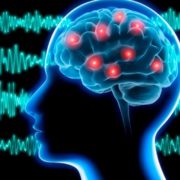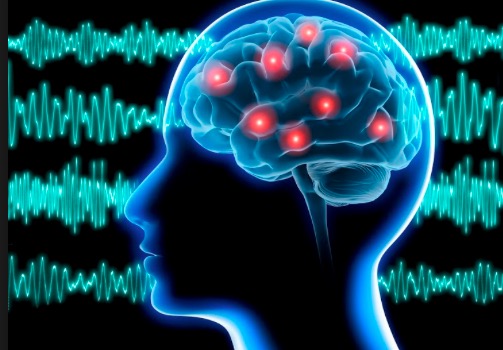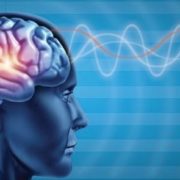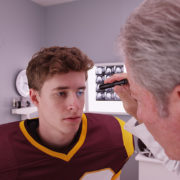An In-Depth look at Biofeedback
An In-Depth look at Biofeedback
An In-Depth look at Biofeedback
What is Biofeedback?
Biofeedback is done to deal with anxiety, stress, ADHD, and a host of other issues.
Biofeedback is an appealing option for a lot of people because it’s noninvasive, and it can be a substitute for medication. It is a technique you can use to learn to control your body’s functions.
A typical session lasts about 60 minutes. The length and number of sessions are determined by your condition and how quickly you learn to control your physical responses. This feedback helps you focus on making subtle changes in your body, such as relaxing certain muscles, to achieve the results you want, such as reducing pain.
Types of biofeedback methods
There are numerous methods for conducting biofeedback and depending on your health problems and goals we can understand the correct method of biofeedback. For instance, a couple of methods are Brainwave, Breathing, and Heart Rate. The brainwave method uses scalp sensors to monitor your brain waves. During breathing biofeedback, bands are placed around your abdomen,chest or ear lobe to monitor your breathing pattern and respiration rate. Heart rate biofeedback uses a finger or earlobe sensors with a device or sensors placed on your chest, lower torso or wrists to measure your heart rate and heart rate variability.
The Takeaway
It is generally safe. Biofeedback might not be appropriate for everyone, though. Be sure to discuss it with your doctor first.
The feedback teaches you to change or control your body’s physiological reactions by changing your thoughts, emotions or behavior. In turn, this can help the condition for which you sought treatment.
For instance, biofeedback can pinpoint tense muscles that are causing headaches. You then learn how to invoke positive physical changes in your body, such as relaxing those specific muscles, to reduce your pain. The ultimate goal of biofeedback is to learn to use these techniques at home on your own.
Be aware that some products might be falsely marketed as biofeedback devices, and that not all biofeedback practitioners are reputable. Also, it is important to be aware that although biofeedback can be a substitute for medication it is important to create a comprehensive plan with your doctor in order to make the proper plan catered for you. That’s where we come in. Here at Pathways, we help you create a comprehensive plan to treat a host of issues ranging from ADHD to anxiety with a host of methods to cater to your specific needs.
The post An In-Depth look at Biofeedback appeared first on Pathways Neuropsychology Associates.
Source: Pathways Neuropsychology
An In-Depth look at Biofeedback











Leave a Reply
Want to join the discussion?Feel free to contribute!